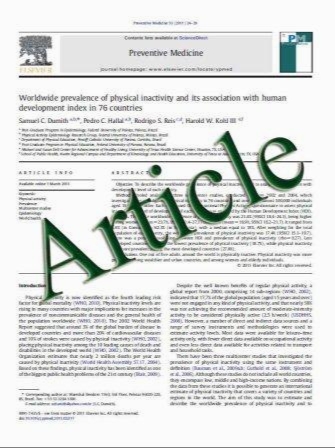Intima-Media Thickness of the Common Carotid Artery Is Not Significantly Higher in Crohn’s Disease Patients Compared to Healthy Population
- نوع فایل : کتاب
- زبان : انگلیسی
- مؤلف : Efrat Broide Andrei Schopan Michael Zaretsky Nimrod Alain Kimchi Michael Shapiro Eitan Scapa
- چاپ و سال / کشور: 2010
Description
Background Patients with Crohn’s disease might have accelerated atherosclerosis due to: chronic systemic inflammation, metabolic changes or prolonged steroid treatment. Aims The aim of this study was to assess the risk of subclinical atherosclerosis in Crohn’s disease, by measuring the intima-media thickness and peak systolic velocity of the common carotid artery. Methods Fifty Crohn’s disease patients aged between 20 and 45 years were compared to 25 controls. Patients with a family history of cardiovascular diseases or a known risk for atherosclerosis were excluded. All participants underwent nutritional assessment. Carotid artery ultrasonography was performed and intima-media thickness and peak systolic velocity were measured, proximal to the common carotid bifurcation. Clinical data and laboratory parameters (hemoglobin, highly sensitive C-reactive protein, and plasma homocysteine) were determined. Results No significant differences between the groups were found for intima-media thickness or peak systolic velocity. Multiple regression analysis revealed a positive correlation of intima-media thickness with older age. Peak systolic velocity was negatively associated with age. Conclusions Crohn’s disease patients do not have an increased risk for developing early atherosclerosis.
Dig Dis Sci (2011) 56:197–202 DOI 10.1007/s10620-010-1235-0 Received: 4 March 2009 / Accepted: 6 April 2010 / Published online: 1 May 2010


